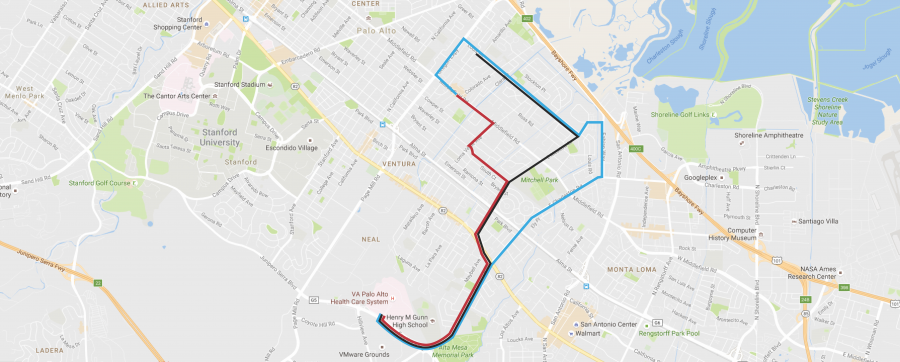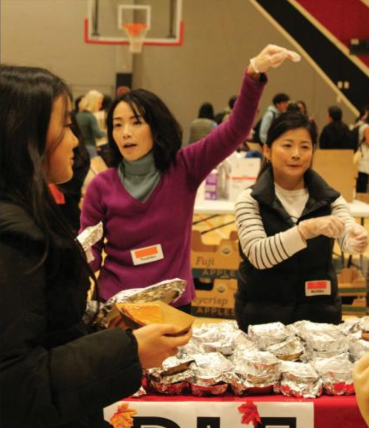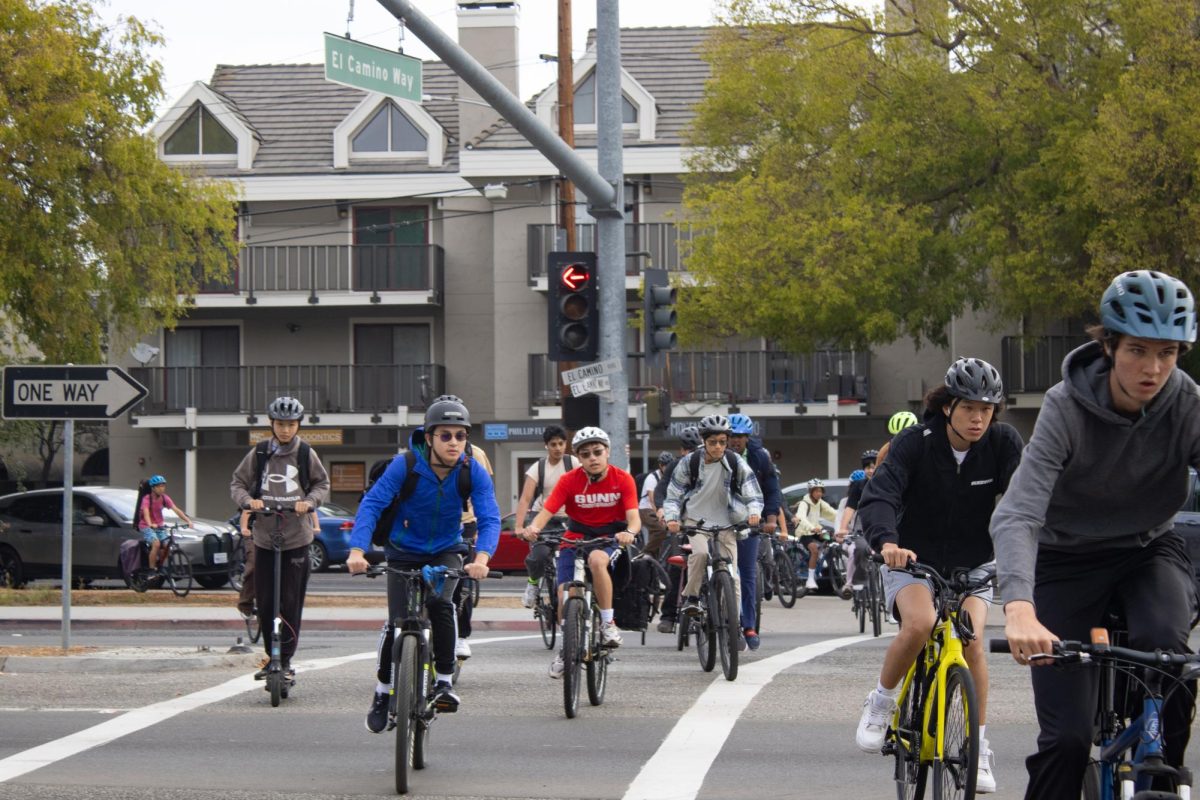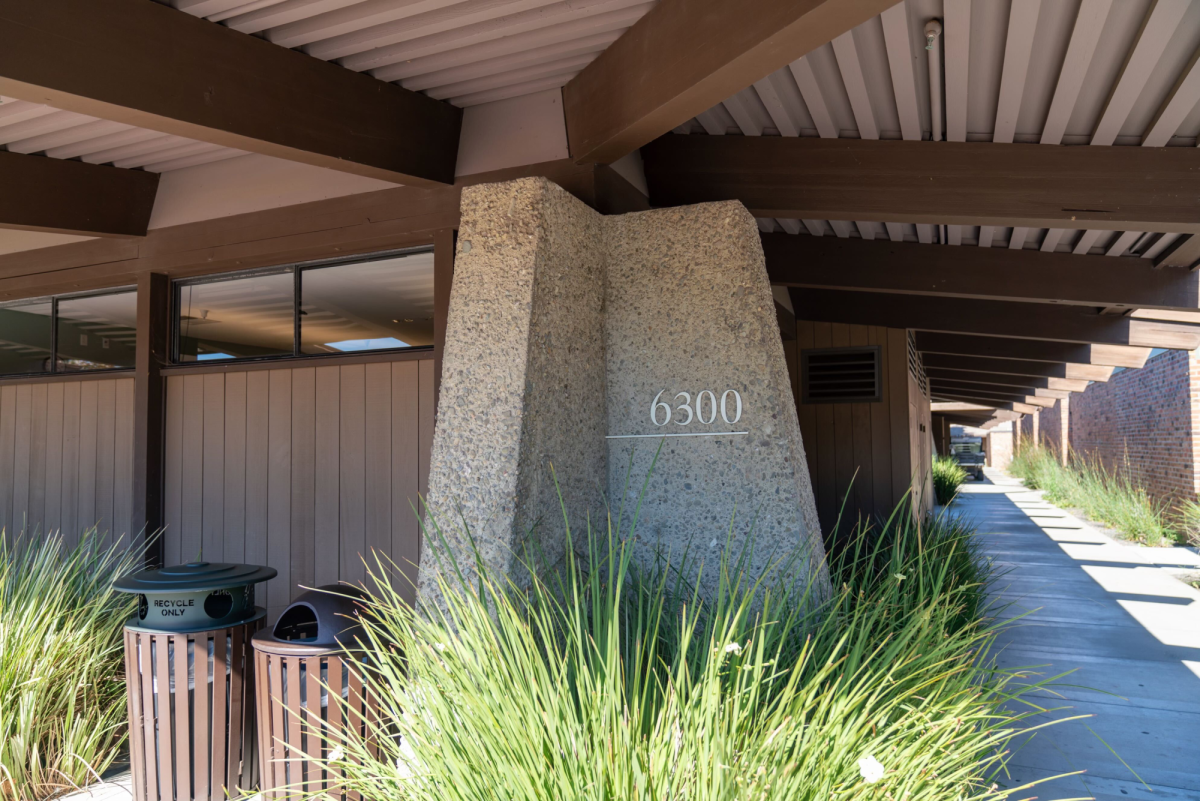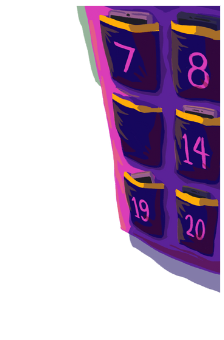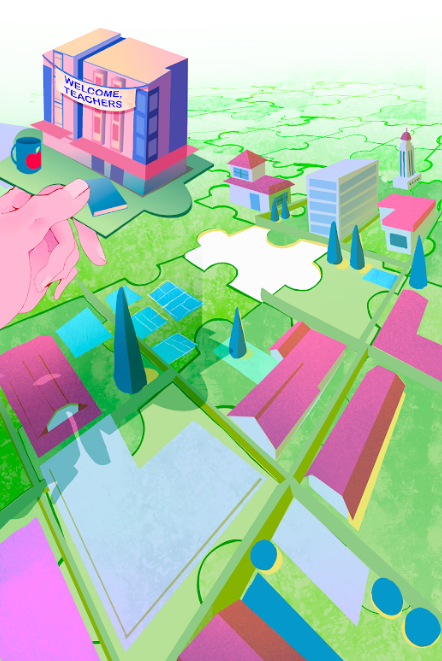Written by Kaya van der Horst
Palo Alto’s public bus lines are subject to change as Santa Clara Valley Transportation Authority (VTA) redesigns its regional transit network. The project, called Next Network, offers three different options for change: Network 70, 80 and 90. Network 80 and 90 would completely eliminate the VTA 88 bus line which serves Gunn High School. The other concept, Network 70, would keep the 88 and 35 bus-lines.
The VTA plans to reveal the draft network plan to the public on Dec. 7. According to Gunn Traffic Safety Representative Penny Ellson, community members can share their opinions or concerns about the presented concepts through written letters to the VTA or signed petitions.
The 88 bus line serves Gunn during mornings and afternoons, acting as an important source of transportation for students. The bus is especially vital for students commuting from the Jane Lathrop Stanford Middle School (JLS) area as it runs along Charleston Road, Middle eld Road and East Meadow Drive.
The three goals listed on vta.org state that the Next Network seeks to better connect VTA transit with the Milpitas and Berryessa Bay Area Rapid Transit stations, improve overall system ridership and improve VTA’s farebox recovery rate.
According to Ellson, VTA is currently one of the worst performing transit agencies nationwide and struggles with its farebox recovery department. Farebox recovery is the money one pays to ride the bus—students pay 75 cents per ride. However, Ellson says that only a small portion of the bus ride is paid for by the 75 cents, as maintaining the bus services is much more expensive. “You pay a lot less per ride than it actually costs because they have to pay the driver and insurance on that bus, the fuel, the mechanics and the system that supports marketing the bus,” Ellson said. “It’s expensive to run transit.”
Ellson says VTA wants to improve its farebox recovery rate. “They want to reduce the cost of the bus ride so what you pay is a higher percentage of the overall cost,” she said.
The Network 70 concept would keep the 88 line and maintain the current split between ridership and coverage goals, with 70 percent ridership and 30 percent coverage.
Overall, it would retain the busses only during school commute times. Ellson believes offering bus services during limited times of the day would ultimately decrease the ridership of students due to the inconvenience of infrequency. “That doesn’t work for high school students because they have jobs or other activities and don’t all come and go at the same time,” she said. “They’re not going to use the bus if they don’t have service throughout the day because it limits their flexibility.”
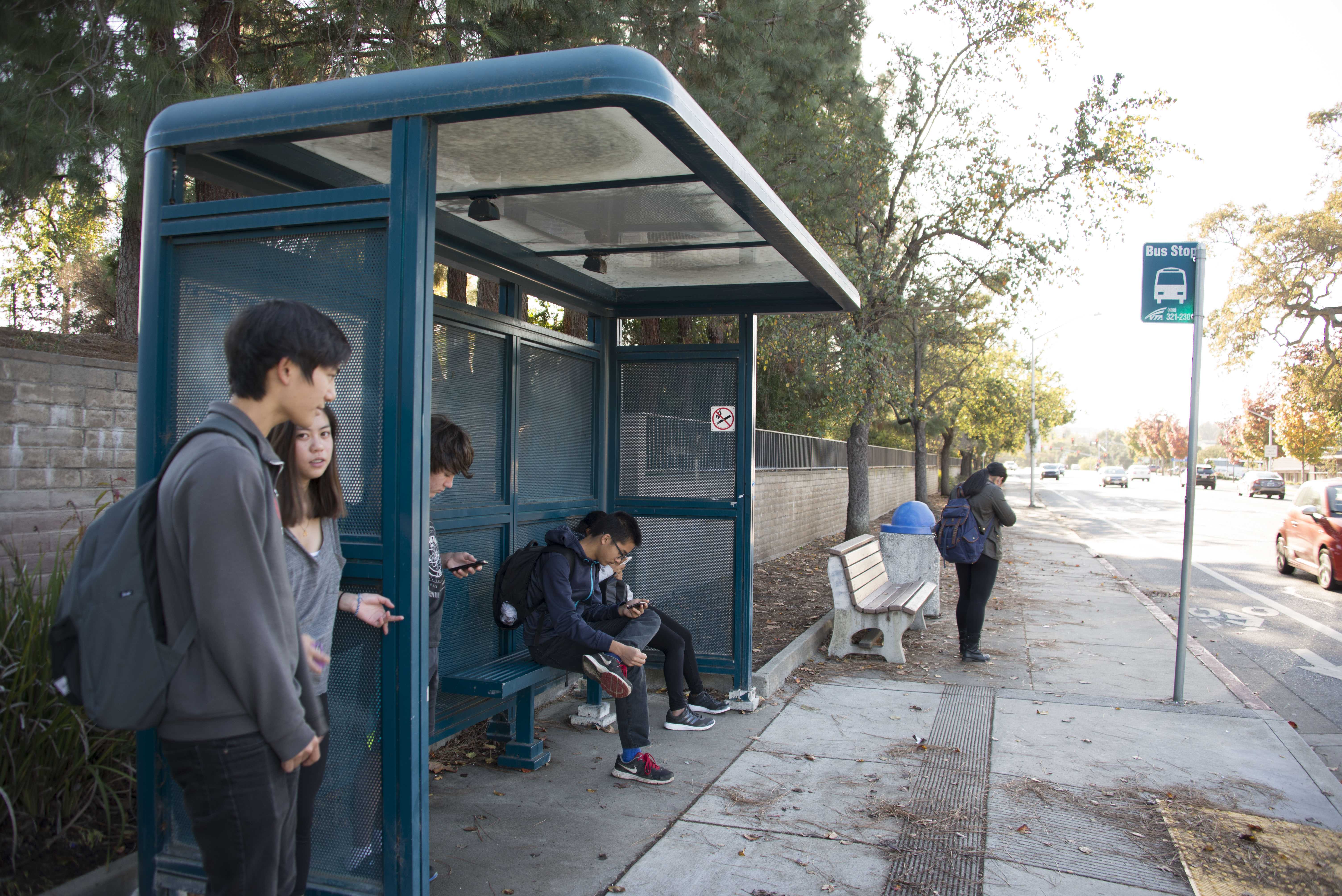 The 88 bus line currently runs hourly, but in a letter written to the VTA in September, the Parent Teacher and Student Association asked for a decrease in the time it takes for the VTA 88 bus to loop back, because buses that circulate more frequently tend to get more ridership.
The 88 bus line currently runs hourly, but in a letter written to the VTA in September, the Parent Teacher and Student Association asked for a decrease in the time it takes for the VTA 88 bus to loop back, because buses that circulate more frequently tend to get more ridership.
The PTSA also requested the addition of bus trips at the end of the day to pick up students returning home from extracurricular activities later in the day. “If you have a play rehearsal or soccer practice that runs until 7 p.m., you can’t ride the bus home because it’s too late, so you choose another way to get home,” Ellson said.
The other two proposals, the Network 80 and Network 90 concept, both plan to eliminate the 35 and 88 bus line in order to maximize ridership. However, the elimination of these fixed bus lines would result in the removal of Paratransits due to a loss of federal funding; paratransits are special shuttles that provide transportation services to senior citizens and disabled members of the community. “It’s required to provide Paratransit within three-fourths of a mile of any fixed bus route and federal funding is provided for that,” Ellson said. “So if we lose the bus lines, we may lose Paratransits and we built our senior housing along these bus lines on purpose for this reason.” The elimination of the 35 and 88 line would not only impact the students’ daily commute, but Palo Alto’s veterans, disabled and seniors as well.
According to junior Lauren Yu, the bus is her main means of transportation. “If the bus were to go away or be diminished, I would either have to learn how to drive or find a ride pretty soon,” Yu said. “It would definitely make my mornings more difficult.”
Yu, who lives near JLS, also pointed out the concerns parents in her neighborhood have about the safety of biking. “I know some parents are opposed to kids biking, especially around my area because it’s far and sometimes you have to cross major intersections like El Camino,” Yu said. “Some people aren’t really comfortable with that and so that’s what the busses serve for.”
In addition to providing safe mass-transportation, the 88 bus line reduces traffic and carbon dioxide emissions from cars. According to Ellson, an average of 100 students take the bus per day, reducing many automobile trips that would otherwise further impede Gunn’s heavily congested school routes.
Advanced Placement Environmental Science teacher Eric Ledgerwood weighed in on the environmental impacts cutting of the busline would have. “If students are taking the bus,they probably live pretty far away so it’s going to add more traffic and more pollution to the road,” he said. “You’re even going to potentially have more time lost from parents who are now driving their students to and from campus, having to adjust their work schedules because of it.”
Ledgerwood emphasizes the importance of public transportation in getting single-car drivers off the road and people to school safely in large numbers. “I think busses are overall a huge saving of fuel, time and energy,” Ledgerwood said.
Although Yu believes it would be unfortunate if the 88 bus line were to get cut for the current class, she sees disadvantages for future generations as well. “I’m also thinking about my brother who’s going to be a freshman next year and all sorts of other people who need transportation,” Yu said. “If this goes through, then many kids won’t have that transportation, so it’s important to think about the future of Gunn.”


